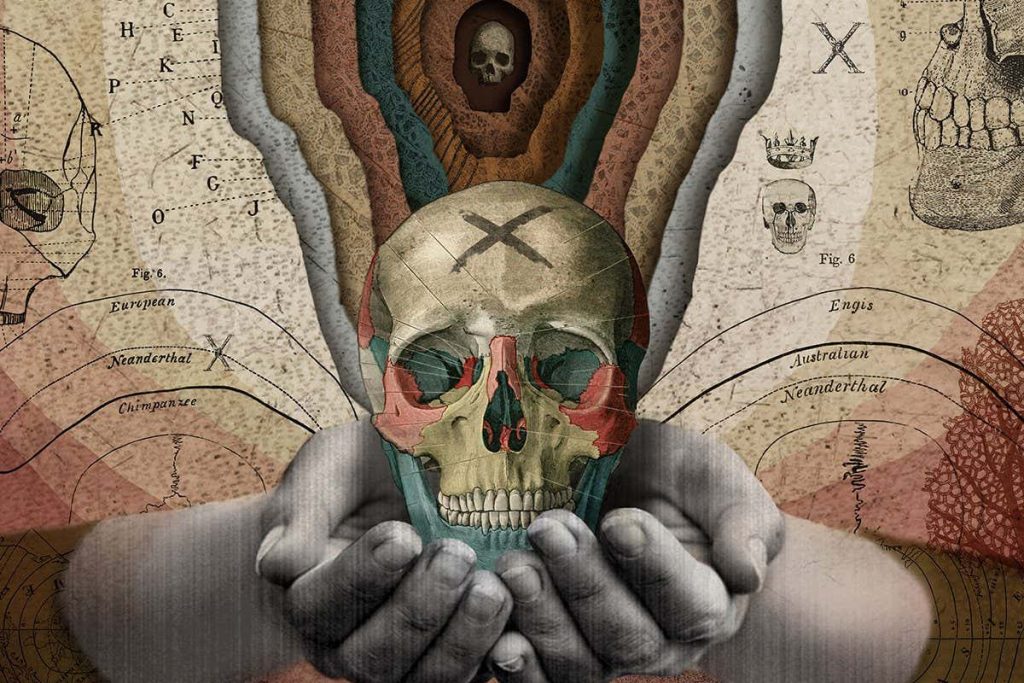THE year is 1933, and China is partly under the control of invading Japanese forces. During construction of a bridge near Harbin in the north-east, a local man working for the Japanese makes a stunning discovery: an ancient human skull. He recognises the skull’s value right away. Determined not to hand the fossil over to the occupiers, he buries it in an abandoned well.
There the skull remained until 2018, when, shortly before his death, the man told his family of its existence. In due course, the Harbin skull came into scientific hands. It was worth the wait, not least for the clues it offers those searching for the enigmatic Ancestor X – the species that gave rise to humanity.
For as long as researchers have been finding ancient human-like fossils, one question has been nagging away in the back of their minds: how are we related to other prehistoric groups and species? In particular, how do we fit in with the Neanderthals and Denisovans who shared Earth with us for most of our existence? It is this question that the discovery of Ancestor X promises to answer. However, the hunt for it has been fiendish, with major twists and turns along the way. In recent years, it has also led to some surprising discoveries, including the revelation that we had misunderstood the way our species, Homo sapiens, evolved. Now, with the re-emergence of the Harbin skull, the search for Ancestor X looks set to get easier in some ways – and a lot more difficult in others.
When it comes to the big picture of human evolution, universal consensus …

